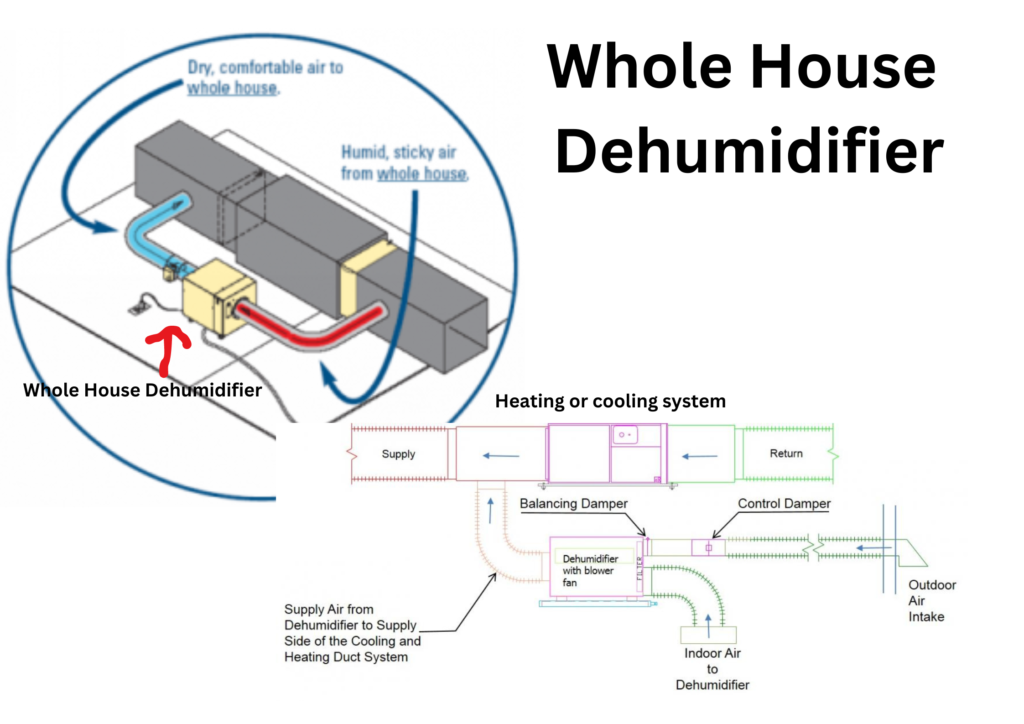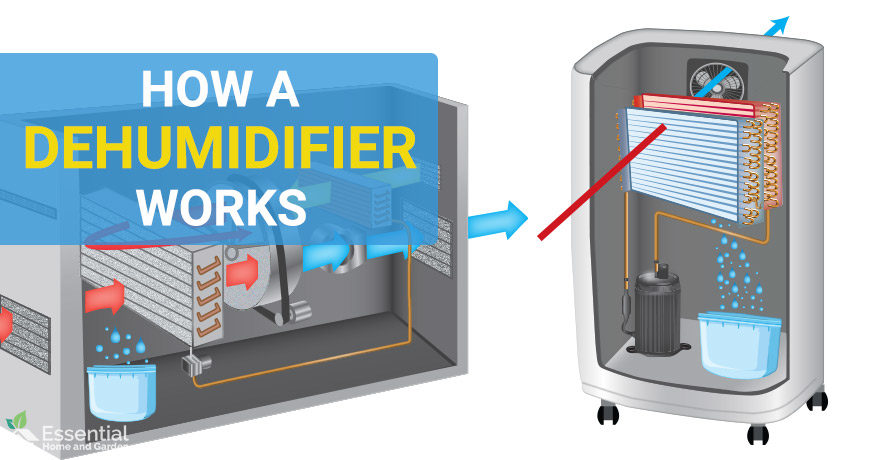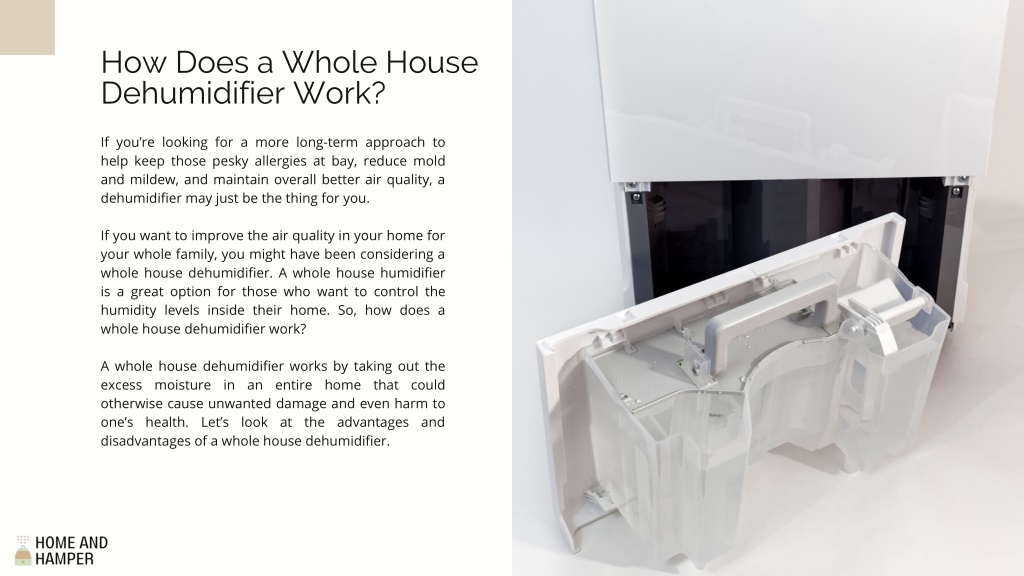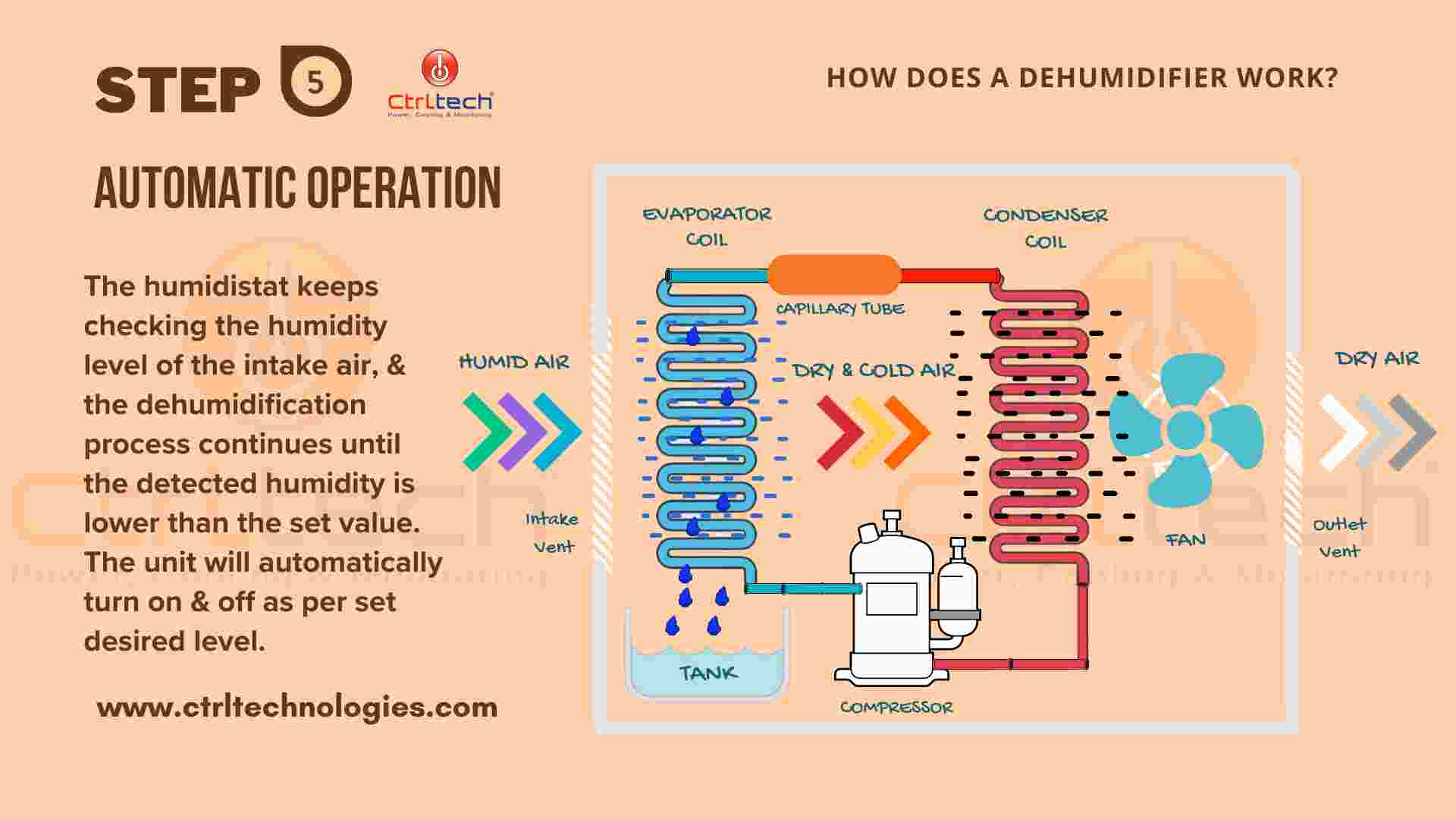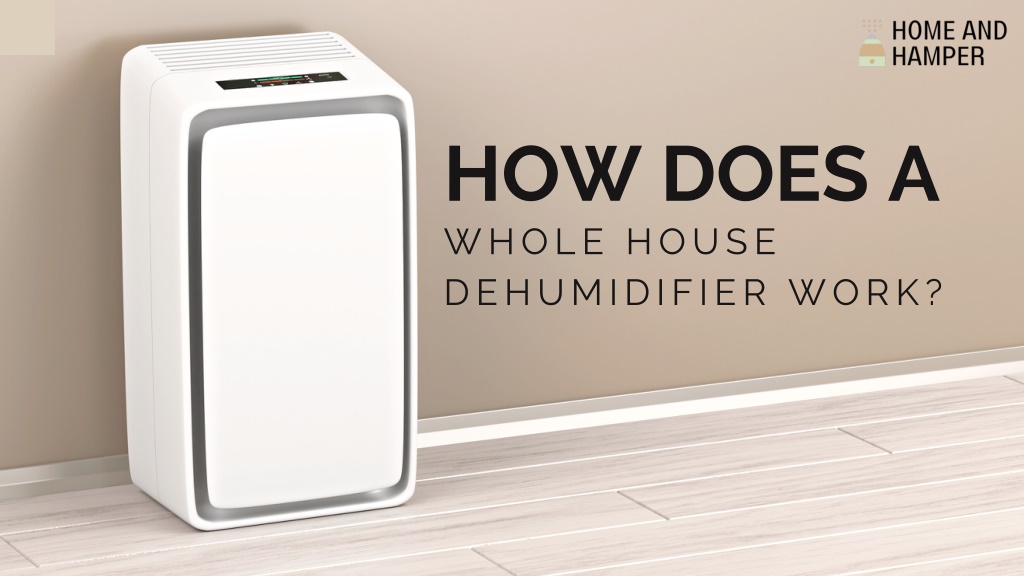How Does A Whole House Dehumidifier Work
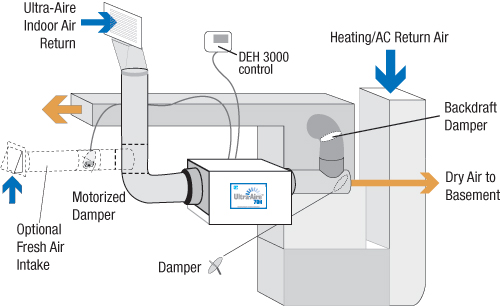
Humidity. It’s that sticky, uncomfortable feeling you get on a hot summer day, but it can also wreak havoc inside your home. High humidity levels can lead to mold growth, musty odors, and even structural damage. A whole-house dehumidifier offers a comprehensive solution, but how does it actually work? This article breaks down the inner workings of these systems, helping you understand, troubleshoot, and maintain your dehumidifier effectively.
The Basics of Whole-House Dehumidification
Unlike portable dehumidifiers that target single rooms, whole-house dehumidifiers are integrated into your home's HVAC system. They work in tandem with your air conditioner to control humidity levels throughout your entire house, making your home more comfortable and protecting it from moisture-related problems. These systems are typically installed within your ductwork, allowing them to dehumidify air as it circulates.
The Refrigeration Cycle: The Heart of Dehumidification
The most common type of whole-house dehumidifier utilizes a refrigeration cycle, similar to your air conditioner. Here's a step-by-step breakdown of the process:
- Air Intake: The dehumidifier draws in humid air from your home through the return ducts of your HVAC system.
- Cooling Coil: The humid air passes over a cold evaporator coil. This coil is filled with a refrigerant that absorbs heat, causing the air to cool down significantly.
- Condensation: As the air cools, the moisture in the air condenses into liquid water. This process is the key to removing humidity. Think of a cold glass of water on a summer day – the condensation forming on the outside is the same principle.
- Water Collection and Drainage: The condensed water drips into a collection pan and is then drained away. This can be done in a few ways:
- Direct Drain: The most common method is to connect a drain line to a nearby floor drain, sink drain, or condensate pump.
- Condensate Pump: If a gravity drain isn't available, a condensate pump automatically pumps the collected water to a suitable drainage point.
- Reheating: After passing over the evaporator coil, the cool, dry air passes over a condenser coil. This coil reheats the air slightly, preventing it from feeling too cold when it's circulated back into your home.
- Air Distribution: The now dehumidified and slightly warmed air is circulated back into your home through the supply ducts of your HVAC system.
Key Components of a Whole-House Dehumidifier
Understanding the main components helps in troubleshooting and understanding the system's functionality:
- Compressor: The heart of the refrigeration cycle, circulating the refrigerant and providing the pressure needed for the cooling and heating process.
- Evaporator Coil: The cold coil where condensation occurs.
- Condenser Coil: The coil where the refrigerant releases heat, slightly warming the dehumidified air.
- Expansion Valve: Controls the flow of refrigerant into the evaporator coil, regulating the cooling process.
- Blower Fan: Circulates air across the coils.
- Humidistat: A sensor that monitors the humidity level in your home and turns the dehumidifier on and off as needed. It allows you to set your desired humidity level.
- Drain Pan and Drain Line: Collects and removes the condensed water.
- Filter: Removes dust and debris from the air before it passes over the coils, improving efficiency and air quality.
Troubleshooting Common Issues
Even with proper maintenance, whole-house dehumidifiers can experience problems. Here are some common issues and potential solutions:
- Dehumidifier Not Running:
- Check Power: Ensure the unit is plugged in and the circuit breaker hasn't tripped.
- Humidistat Setting: Make sure the humidistat is set to a level higher than the current humidity in your home.
- Filter: A clogged filter can restrict airflow and prevent the unit from running. Clean or replace the filter.
- Dehumidifier Running But Not Removing Moisture:
- Filter: Again, a clogged filter is a prime suspect.
- Coil Freeze-Up: If the evaporator coil is frozen, the dehumidifier won't be able to condense moisture. This can be caused by low refrigerant levels or poor airflow. Turn off the unit and allow the coil to thaw completely before restarting.
- Air Leaks: Check for air leaks around windows, doors, and ductwork. Sealing these leaks can improve efficiency.
- Refrigerant Leak: If you suspect a refrigerant leak (unusual noises or performance drop), contact a qualified HVAC technician immediately. Handling refrigerant requires specialized equipment and training.
- Water Leaking:
- Drain Line: Check the drain line for clogs or kinks. Use a wet/dry vacuum to clear any blockages.
- Drain Pan: Inspect the drain pan for cracks or damage. Replace the pan if necessary.
- Condensate Pump: If you have a condensate pump, check if it's functioning properly. Ensure the float switch is moving freely.
- Musty Odors:
- Clean the Dehumidifier: Regularly clean the drain pan and surrounding areas to prevent mold and mildew growth. Use a mild bleach solution (1 part bleach to 10 parts water).
- Air Filter: A dirty air filter can contribute to musty odors. Replace the filter regularly.
Essential Tools for DIY Troubleshooting
Before tackling any repairs, gather these essential tools:
- Screwdrivers (Phillips and flathead)
- Adjustable wrench
- Wet/dry vacuum
- Multimeter (for checking electrical components - use with caution and only if you are familiar with electrical work!)
- Gloves
- Safety glasses
Maintenance Tips for Optimal Performance
Regular maintenance is crucial for extending the lifespan and ensuring the efficient operation of your whole-house dehumidifier.
- Air Filter: Clean or replace the air filter every 1-3 months, depending on usage and air quality.
- Drain Line: Flush the drain line with a bleach solution (as mentioned above) every 6 months to prevent clogs.
- Coil Cleaning: Periodically inspect the evaporator and condenser coils for dust and debris. Clean them gently with a soft brush or vacuum attachment.
- Professional Inspection: Schedule a professional HVAC inspection and maintenance check at least once a year.
When to Call a Professional
While some troubleshooting and maintenance tasks can be handled by homeowners, certain repairs require the expertise of a qualified HVAC technician.
Call a professional if:
- You suspect a refrigerant leak.
- The compressor is making unusual noises or not functioning properly.
- The unit is not cooling even after cleaning the coils and replacing the filter.
- You are uncomfortable working with electrical components.
- You are unsure about any aspect of the repair process.
Working with refrigerant is regulated, and attempting to handle it without the proper certification and equipment is both dangerous and illegal. Similarly, complex electrical repairs can be hazardous and should only be performed by qualified individuals.
Cost Considerations
Understanding potential costs associated with whole-house dehumidifiers is crucial for budgeting and making informed decisions.
- Purchase Price: New whole-house dehumidifiers range from $1,500 to $3,000, depending on the size and features.
- Installation Costs: Professional installation typically costs between $500 and $1,000.
- Maintenance Costs: Annual maintenance can range from $100 to $300, depending on the services included.
- Repair Costs: Repair costs vary depending on the problem. Minor repairs, such as replacing a filter or clearing a drain line, may only cost a few dollars. More complex repairs, such as compressor replacement, can cost several hundred dollars.
It's always a good idea to get multiple quotes from different HVAC contractors before making any major repairs or replacements.
Conclusion
Understanding how your whole-house dehumidifier works empowers you to maintain it effectively, troubleshoot minor issues, and make informed decisions about repairs. By following the tips and guidelines outlined in this article, you can ensure that your dehumidifier provides years of reliable service, keeping your home comfortable and protected from the damaging effects of high humidity.
Remember, safety should always be your top priority. When in doubt, call a qualified HVAC technician for assistance.
